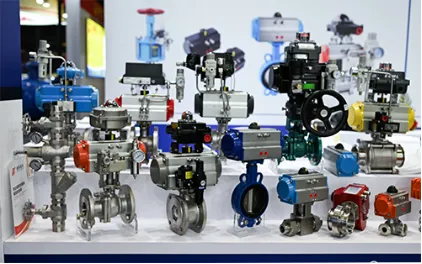Mobile:+86-311-808-126-83
Email:info@ydcastings.com
Exploring the Benefits and Applications of Super Duplex Castings in Modern Industries
Understanding Super Duplex Casting Properties, Applications, and Advantages
Super duplex stainless steel is a remarkable alloy that combines the properties of both austenitic and ferritic stainless steels, offering exceptional strength, corrosion resistance, and versatility across a multitude of applications. This article delves into super duplex casting, elucidating its characteristics, production processes, advantages, and prevalent applications in various industries.
What is Super Duplex Stainless Steel?
Super duplex stainless steel is a high-performance material that typically contains around 25% chromium, 4% nickel, and 3% molybdenum. It falls under the category of stainless steel grades, particularly known for their superior resistance to pitting and crevice corrosion, especially in chloride environments. The unique microstructure of super duplex stainless steel consists of approximately equal proportions of austenite and ferrite phases, which contribute to its extraordinary mechanical properties, including high tensile strength and excellent ductility.
Properties of Super Duplex Stainless Steel
The dual-phase structure allows super duplex stainless steel to attain a suite of advantageous properties
1. Corrosion Resistance One of the standout features of super duplex alloys is their ability to withstand harsh corrosive environments. They are particularly resistant to localized corrosion, such as pitting, intergranular corrosion, and stress corrosion cracking.
2. High Strength Compared to conventional stainless steels, super duplex alloys have higher yield and tensile strengths, which makes them an ideal choice for demanding structural applications.
3. Good Ductility and Toughness The combination of ferritic and austenitic phases ensures that super duplex stainless steels maintain good ductility and toughness, even at elevated temperatures.
Manufacturing Process Super Duplex Casting
The production of super duplex fittings, pipes, and other components typically involves the casting process, which is crucial for shaping these alloys into complex structures. The casting process generally involves several steps
1. Melting Raw materials, including ferroalloys and scrap stainless steel, are melted together in an electric arc furnace (EAF) or induction furnace to create a homogenous alloy.
super duplex casting

2. Pouring The molten metal is poured into molds to achieve the desired shape and dimensions.
3. Solidification Once cooled, the cast us usually undergoes a solidification process where the material transforms from liquid to solid form. This step is critical as it influences the microstructure of the alloy.
4. Heat Treatment Cast components are subjected to heat treatment processes to further enhance their mechanical properties and corrosion resistance. Solution annealing is a common method used to ensure the dissolution of carbides and achieve a balanced microstructure.
5. Finishing After casting and heat treatment, the components are machined, polished, and inspected for quality assurance.
Applications of Super Duplex Casting
Thanks to its exceptional properties, super duplex stainless steel finds widespread use across various sectors
1. Oil and Gas Industry Super duplex alloys are commonly used in the fabrication of pipelines, valves, and offshore rigs due to their high corrosion resistance in seawater and other aggressive environments.
2. Chemical Processing These materials are ideal for storage tanks, heat exchangers, and reactors that handle harsh chemicals, where resistance to corrosion is paramount.
3. Marine Applications The marine environment, notorious for its corrosive saline atmosphere, sees extensive use of super duplex materials in shipbuilding, offshore structures, and marine equipment.
4. Power Generation Super duplex stainless steel is employed in power plants, particularly in components exposed to corrosive media, such as steam generators and condensers.
5. Desalination Plants The ability to resist chlorides makes super duplex alloys suitable for desalination processes, where seawater is converted into freshwater.
Conclusion
Super duplex casting represents a significant advancement in material science, combining high strength and exceptional corrosion resistance. Its unique properties make it indispensable in critical applications across various industries, particularly where environmental conditions challenge traditional materials. As demand for durable and resilient materials continues to grow, the relevance of super duplex stainless steel will undoubtedly remain paramount in contemporary engineering and manufacturing contexts.
-
Why Should You Invest in Superior Pump Castings for Your Equipment?NewsJun.09,2025
-
Unlock Performance Potential with Stainless Impellers and Aluminum End CapsNewsJun.09,2025
-
Revolutionize Your Machinery with Superior Cast Iron and Aluminum ComponentsNewsJun.09,2025
-
Revolutionize Fluid Dynamics with Premium Pump ComponentsNewsJun.09,2025
-
Optimizing Industrial Systems with Essential Valve ComponentsNewsJun.09,2025
-
Elevate Grid Efficiency with High-Precision Power CastingsNewsJun.09,2025











